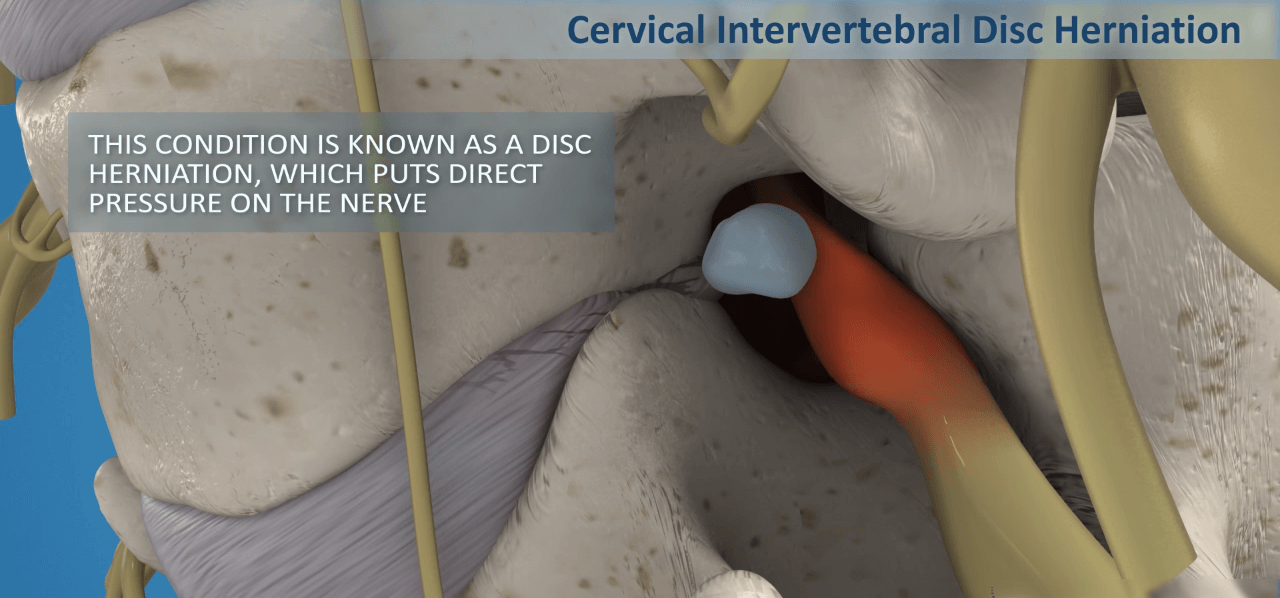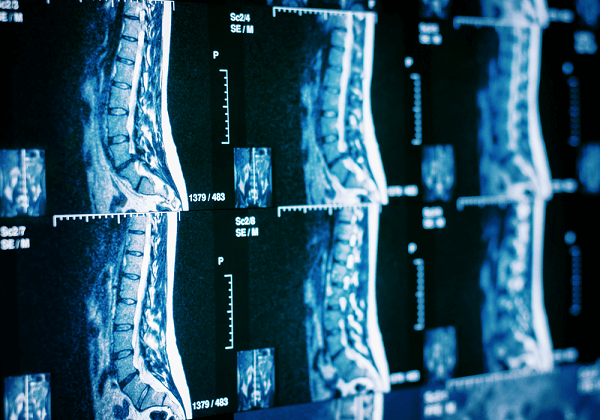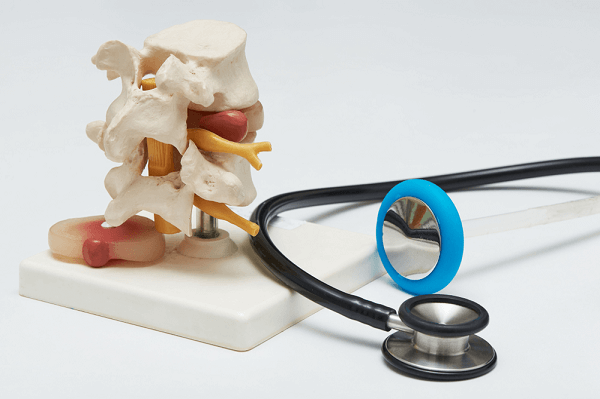Herniated Disc – Artificial Disc Replacement Surgery
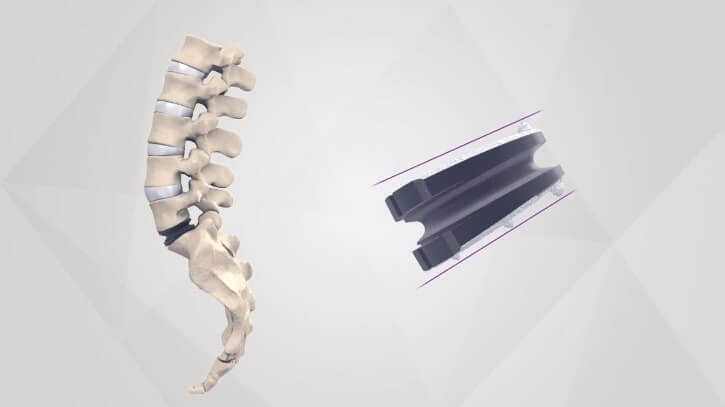
Artificial disc replacement surgery is a more invasive surgery. The intended purpose of this herniated disc surgery is to restore the disc height while also restoring the physiologic motion that a person would have with a healthy disc. Artificial disc replacement surgery is a type of joint replacement, which will involve inserting the artificial disc into the intervertebral space. Therefore, the original unhealthy disc will be removed so that a new artificial one can be implanted.
The artificial disk is designed to function like a joint. It will provide motion, such as: flexion, extension, side bending, and rotation. It will also provide height and curvature alignment to resemble the natural disc.
Although the video is an old one, it is still done in the same way.
Understanding the Role of a Healthy Disc within the Spine
A healthy disc acts as a spacer, a shock absorber, and a motion unit. When the disc is functioning as a spacer, this allows motion to occur. Spacing is important because it allows the intervertebral foramen to maintain a specific height, which will allow room for the segment nerve roots to exit without pressure.
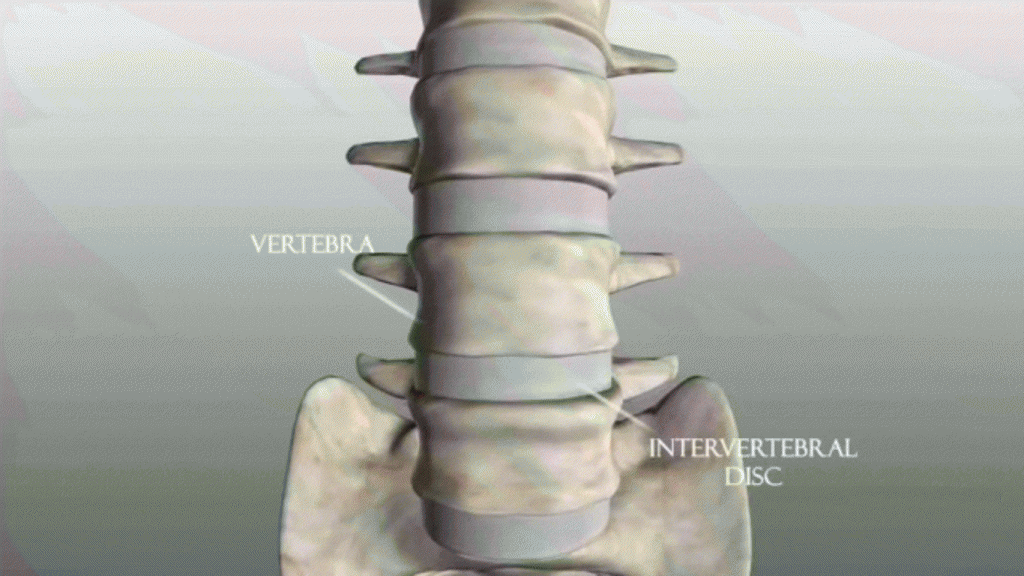
When it acts as a shock absorber, this will allow the spine to compress and rebound while the spine is preparing for activities, such as jumping and running. It helps to resist the downward pull of gravity on the head and trunk when a person is sitting or standing.
When acting as a motion unit, the disc’s elasticity will allow motion, so the spinal segment can flex, bend, or rotate. It will also allow the spine to bend to the side.
Benefits and Risks of Disc Replacement Surgery for a Herniated Disc
The most obvious benefits are that the spine can move. Another benefit is that bone graft is not required. When a patient has spinal fusion surgery as opposed to disc replacement surgery for a herniated disc, bone graft must be taken from the hip to pack the disc space. This will leave two incisions that will need to heal.
There are a variety of risks that can be involved in disc replacement surgery. As with any surgery, there are risks associated with anesthesia complications, blood clots, allergic reactions, as well as adverse effects from undiagnosed medical problems.
Other risks include:
- Allergic reaction to the material of the artificial disc replacement
- Artificial disc bends, breaks, loosens, or moves
- Surgical instruments bend or break
- Infections to the wound
- Neck pain
- Arm pain
- Swallowing difficulties
- Speech problems
- Possible impairment or paralysis due to nerve or spinal cord injury
- Numbness of extremities
- Loss of motion
- Protective membrane tear
- Swelling of tissue
- Pregnancy complications
- Not able to resume to normal activities
Unfortunately, the disc replacement surgery is not always successful. There is a chance that this surgery will not relieve the pain or could even worsen symptoms. Also, as with any surgical procedure, death is always a risk.
Recovery from this type of surgery is not easy and will likely require some type of physical therapy. However, in time, the pain can be substantially reduced or completely eliminated, allowing a person to go back to his/her everyday activities.
Related Article

